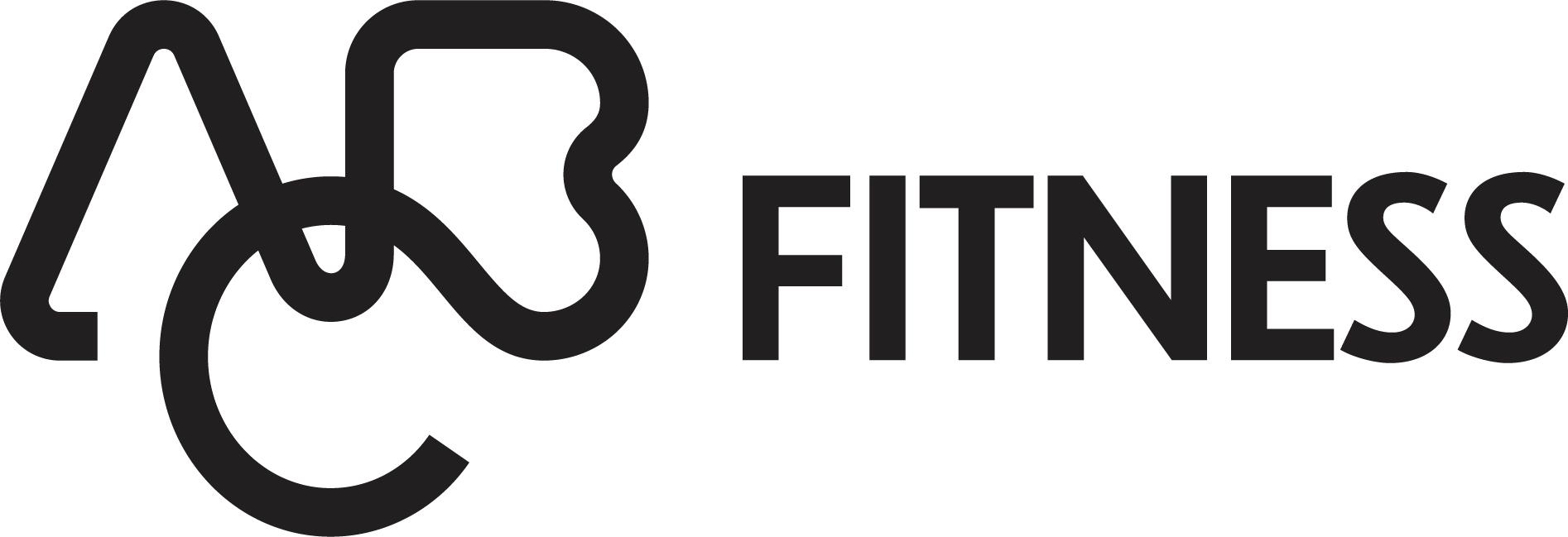The Fourth Challenge in Health Clubs
By: Will Phillips
By the time you’re reading this, you should have had a great January sales season. Health clubs have solved this first challenge which is how to get people to join. The industry has also solved second challenge in creating beautiful, clean facilities chock-full of great exercise equipment, programming and training. Many clubs have solved the third challenge which is recruiting, training and supporting staff who are oriented towards serving the member. But all this is not enough to retain them. The Fourth Challenge is not a matter of further improving staff or facilities or programming or orientation. Efforts in in these areas by good clubs have not have reached the point of diminishing returns without dramatically improving the retention.
Solving the Fourth Challenge means understanding our members much better. It means having more empathy for ways their lives are and more data on what is happening. For example, this means understanding that no member has enough time in their life. Their schedule was full before they joined your club. As soon as they join, it creates a problem they did not have before. Exercising equals work out, a shower, bus driving, plus parking. And all of that 2 to 3 times a week. That’s an extra 5 to 10 hours a week to fit in their schedule that was already crammed full. Their body/mind rejects adding something more to their schedule. I suspect this is usually not a conscious rejection. They know that exercise is good and don’t want to reject that. But subconsciously they know there is too much in their life. So they create a rational reason not to exercise: ‘I’m too busy.’
Overcoming the Fourth Challenge means getting over a huge barrier for health clubs. Clubs are experts in physiology of exercise, not the psychology of habit forming. This means figuring out how to add exercise into their schedule which often means that they have to drop something out of their schedule. Most members will need help in making this tough decision. Personal coaching and life planning is a new discipline. Those skilled in this area generally have very high empathy and willingness to apply tough love to their clients.
We know that what gets measured gets done. Solving the Fourth Challenge will be tremendously helped by having much better data about what happens to those members who leave. REX has worked with ABC Financial in pioneering a new metric for measuring what happens in the early days of new members. Many REX members are using this 30-60-90 day report and the results are stunning. It reveals the number of check-ins of new members in the first 30, 60 and 90 days of their new membership. For well performing REX member clubs we see numbers like this: 30% with no check-ins in the first month; 40% in the second month; 50% in the third month. Essentially, the third month percentage appears to predict the annual retention rate. This seems to point out that that Fourth Challenge occurs in the first month or two if not on the first day. Attempts to address this challenge must happen immediately or we lose them.
You can do a lot and probably are for every new member. You’re courteous. The club is clean. Your staff is engaging, pleasant experts who provide a great deal of encouragement. You’re club facility is beautiful and clean. You have an extraordinary variety of equipment and possibly even as large a variety in programming to engage the new member in exercise. But unless the client does a number of things on their own in the first moments or certainly days after becoming a member, they will not build an exercise habit. They will simply have been encouraged by you. In fact, the majority of new members are ready to take responsibility for building an exercise habit and finding the time to exercise but they have no experience in doing this. Most have never consciously built a habit in their life. So they don’t know how to do it and clubs are not helping or coaching them do it. So the Forth Challenge in health clubs becomes how to change the members’ behavior from non-exerciser to exerciser which includes fitting exercise into their schedule. Not which program to take, not which equipment to use, not how many reps to do. We’ve solved those questions.
You can coach new members into building a habit when the following three conditions are met. (1) You have the right person doing the coaching; (2) you have the right coaching process; (3) you have the right program or model for habit building. So when the right person, process and program are in place, all focused on building an exercise habit, we may as an industry solve the Fourth Challenge.
Part Two (next month) will propose solutions and resources to solve the Fourth Challenge.


